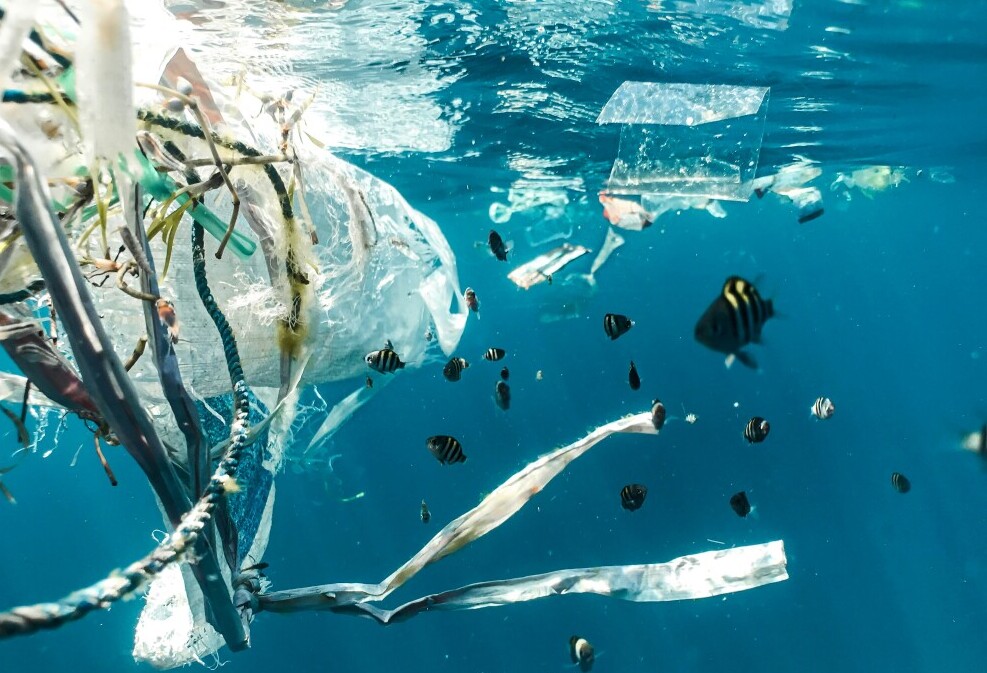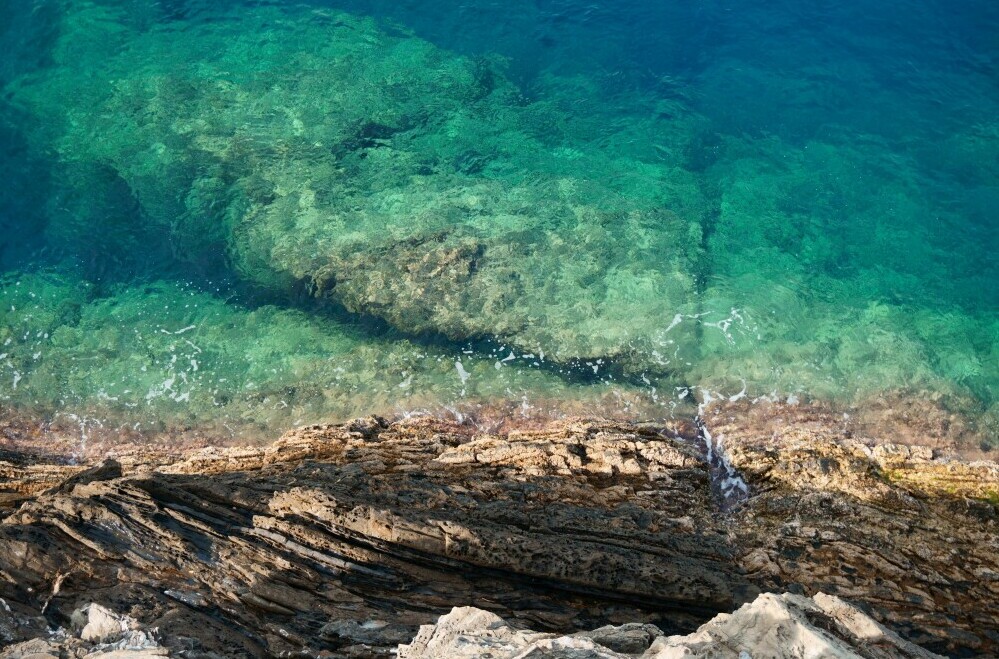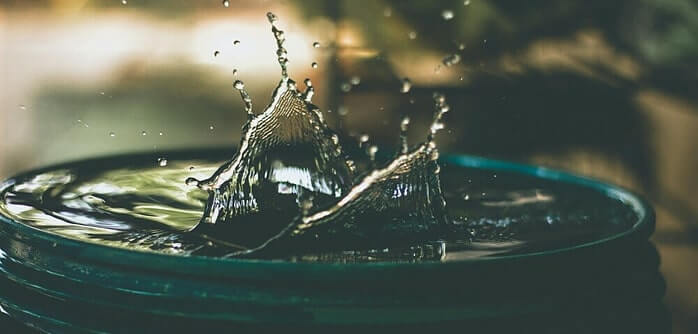
When we think about ocean conservation, images of floating plastic or endangered sea turtles usually come to mind. But beneath the surface, a lesser-known crisis is unfolding on the very floors of our oceans. From destructive trawling methods to deep-sea mining and climate change, our seabed’s – vital ecosystems teeming with life – are under serious threat.
Uncovering the Hidden Crisis Beneath the Waves
A World We Barely Know
Covering over 70% of the Earth’s surface, oceans play a crucial role in regulating our climate and sustaining life. And yet, we’ve only explored around 20% of the ocean floor. This unexplored frontier is home to ancient coral forests, underwater volcanoes, and ecosystems that have remained undisturbed for millennia – until now.
As Sir David Attenborough poignantly said in Blue Planet II:
“The deep is our planet’s final frontier, home to some of the most spectacular life on Earth – and the most fragile.”
These ecosystems, once untouched, are now being altered at an alarming pace.
The Main Threats to Ocean Floors
1. Bottom Trawling: The Bulldozers of the Sea
Bottom trawling is one of the most destructive fishing practices on the planet. Massive nets, weighed down by heavy gear, are dragged across the ocean floor, crushing coral reefs, stirring up sediment, and leaving a trail of devastation in their wake.
- Seamounts and coral beds are flattened
- Thousands of species lose their habitat
- It takes centuries – if ever – for these environments to recover
2. Deep-Sea Mining: Digging into the Unknown
As demand for rare metals grows (think: cobalt, nickel, lithium), companies are eyeing the seafloor as a new mining frontier. But deep-sea mining threatens:
- Hydrothermal vent ecosystems
- Marine biodiversity that may hold secrets to medical and scientific breakthroughs
- Permanent disruption of sediment layers, impacting carbon storage and ocean chemistry
Sir David Attenborough has warned of the potential consequences of deep-sea mining, likening it to
“Cutting down a rainforest before we even know what lives in it.”
3. Pollution and Plastic Sedimentation
Microplastics don’t just float at the surface. Many sink and accumulate on the seabed, where they enter the food chain and disrupt marine life. Toxic chemicals from oil spills, industrial waste, and agricultural runoff also settle into sediments, poisoning bottom-dwelling species and habitats.
4. Climate Change and Ocean Acidification
Warming oceans and shifting pH levels are stressing coral systems and altering the makeup of benthic (seafloor) communities. Some species are migrating deeper to escape warming waters, while others perish, unable to adapt.
Why Should We Care?
Healthy ocean floors are essential for:
- Carbon Storage: Marine sediments trap massive amounts of carbon, helping to regulate Earth’s climate.
- Biodiversity: Many species, including those critical to fisheries, rely on seafloor ecosystems to breed and feed.
- Climate Resilience: Intact seafloors support stronger, more adaptable ocean systems.
What Can We Do?
You don’t have to be a marine biologist to make a difference:
- Support sustainable seafood: Look for labels like MSC or ASC to avoid products from trawled fisheries.
- Say no to single-use plastics: Reduce waste that can sink and pollute our ocean floors.
- Raise awareness: Share articles, documentaries, and updates about deep-sea mining and ocean floor degradation.
- Advocate for protection: Sign petitions and support policies that create marine protected areas (MPAs) and regulate harmful industry practices.

Out of sight shouldn’t mean out of mind. The health of our ocean floors is inextricably linked to the health of our planet. As we explore and exploit more of the deep sea, we must do so with caution, respect, and a deep understanding of the fragile ecosystems at stake.
Let’s not wait until it’s too late to protect the depths that sustain us. As Sir David Attenborough reminds us,
“What we do in the next few years will determine the future of the ocean for the next thousand.”
Related Articles
Brought to you by Eco TIGA – Your Friendly Guide to Eco-Friendly Living


